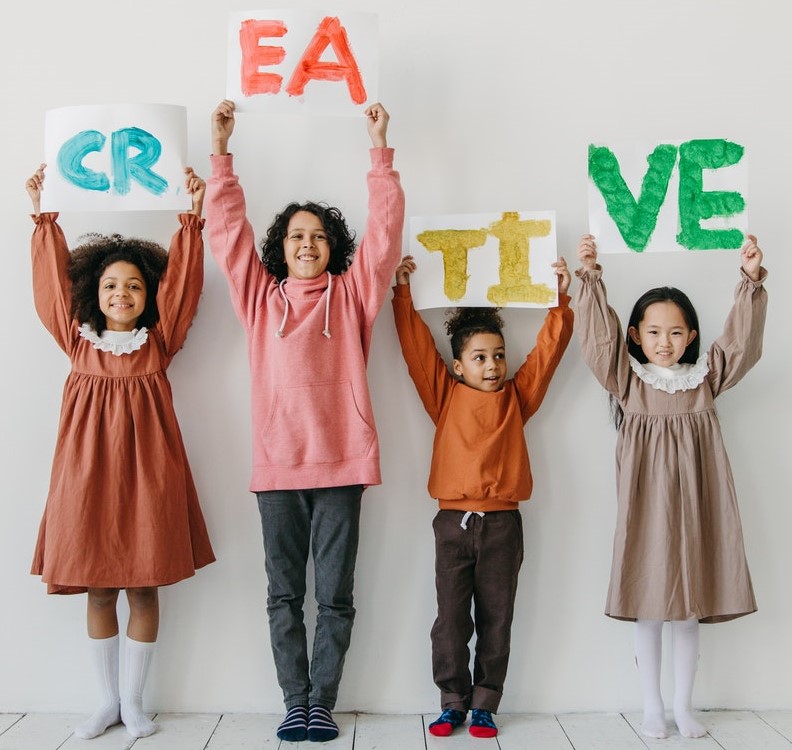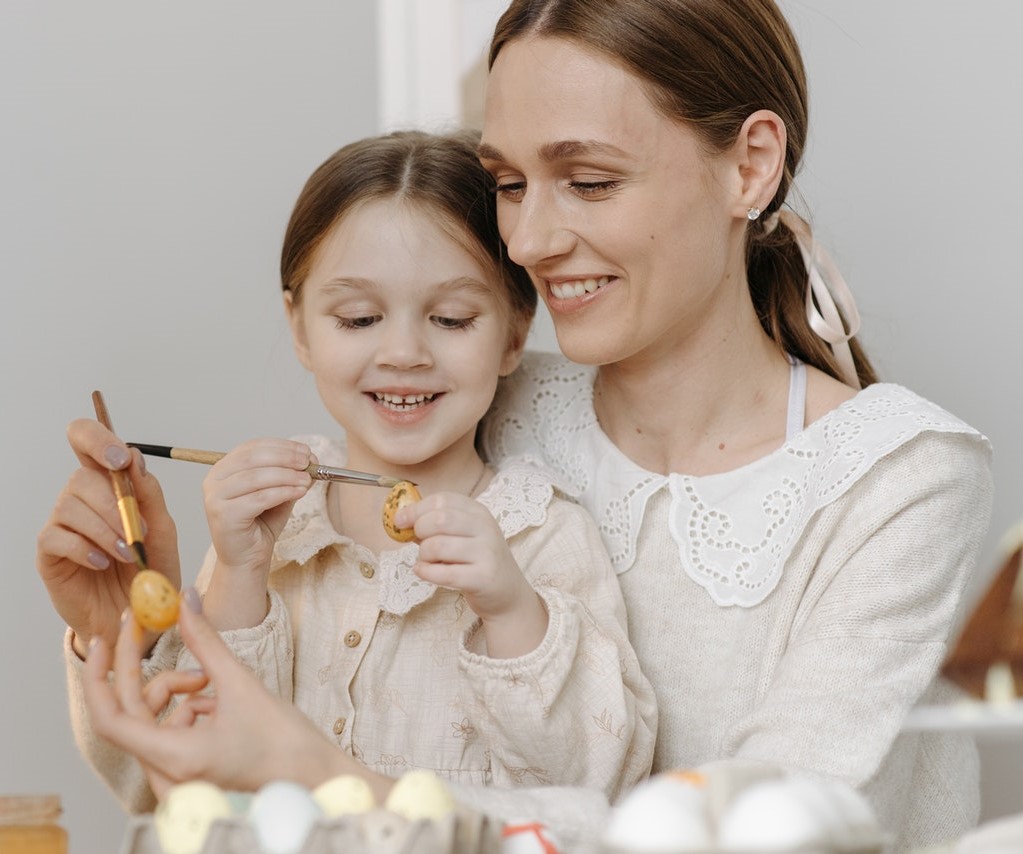When you’re explaining something, do you often wish you could draw a picture to show people what you mean? How about when someone is explaining something to you? Do you like to use symbols instead of words to help you remember things? When it’s time to take notes, do you find yourself doodling instead? If any of these sound like you, chances are you’re a visual learner.
Visual is one of the main types of learning styles. Visual learners find it easier to absorb new information when it’s presented with graphics and colours. This doesn’t mean a visual learner can only learn with graphics, but it’s the best way to get them more engaged with the material.
Visual Learner Superpowers
If you’re a visual learner, you might be extra talented at the following:
- Remembering things
- Spelling
- Making art
- Giving/receiving directions
- Reading body language
Visual learners are capable of many amazing things, but it’s generally easier for them to naturally develop the above skills. You can take pride in that!
Visual Learner Strategies
In traditional brick-and-mortar schools, teachers don’t always teach in a way that works for a visual learner. But that doesn’t mean visual learners can’t come up with their own ways to make learning more interesting! When learning something new, try the following strategies:
- Take notes with pictures and symbols instead of just words
- Study by making visually stimulating mind-maps
- Use lots of colour in notes and diagrams
- Try watching videos about a subject instead of reading a textbook (YouTube counts!)
- If you have to read something, ask to have it before the rest of the class so you can process it and turn it into something visual you can understand
There are plenty of other great strategies, and we encourage you to come up with some of your own. Make sure to include lots of colours, pictures, and room for creativity. It’s your learning journey, so make it your own!
Create Your Own Language
There’s nothing worse than sitting in class and writing like mad to keep up with what the teacher is saying. As a visual learner, it doesn’t help you at all! Writing notes word for word can be more counterproductive than anything, so it’s important to come up with your own language.
You don’t have to be like J.R.R. Tolkien and invent a brand-new language like his elven one (although you can if you want to!), but you should create a note-taking system that works for you. Focus on writing only a small handful of keywords, and utilize simple drawings and arrows to develop those key points and make connections. Write down the important stuff you’ll be likely to forget, and don’t worry about writing the stuff you already know. Underline the big ideas, and use lots of colour! If you take notes this way, you can spend more time listening to what the teacher is saying and less time lamenting over hand cramps.
Not only will this make your classroom time less stressful and more productive, studying for tests will become infinitely easier. Rather than sifting through an entire textbook to find what you need, you’ll have a couple pages of neatly organized notes you can review to remind you of the core concepts. From those notes, you can make flashcards, design a mind map, or create a visual timeline to help you remember everything. That way, when it comes time to actually take the test, you just need to remember the picture you made, and you’re really good at that, you genius visual learner!
A Combination Approach
Even if you’re primarily a visual learner, you can benefit from multimodal learning. That is, mixing up the way you approach learning with strategies that work for other learning styles. The more strategies you use, the more stimulated you’ll feel, and that’s the key to forming meaningful and long-term connections.
Since you can’t determine how your teacher will teach a subject (it’s usually the read/write learning style), you’ll want to become comfortable with other learning styles as well. A visual learner will need extra help taking effective notes in the classroom, so make sure to get help with that (working with a tutor is a great way to build good note-taking habits). Also, you can practice your auditory skills by explaining your graphics to other people verbally. This will help you convert your visuals into words, which will be incredibly useful when it’s time for oral presentations.
Going Beyond the Classroom
Learning styles are important for school, but they’re relevant all throughout life. At Tutoring…With a Twist*, we focus on helping our students develop life skills that will allow them to thrive in school and beyond. When you work with one of our twisted tutors, you’re investing in the rest of your life. Contact us to get started today!
*Services provided by With a Twist Education Ltd.

